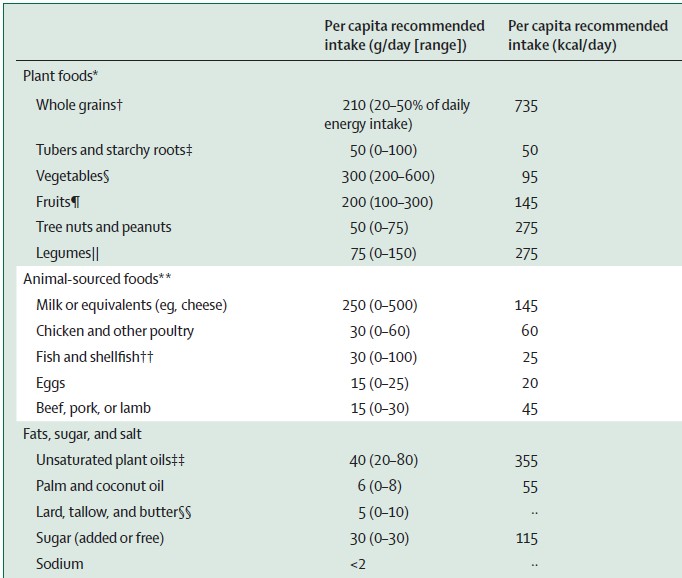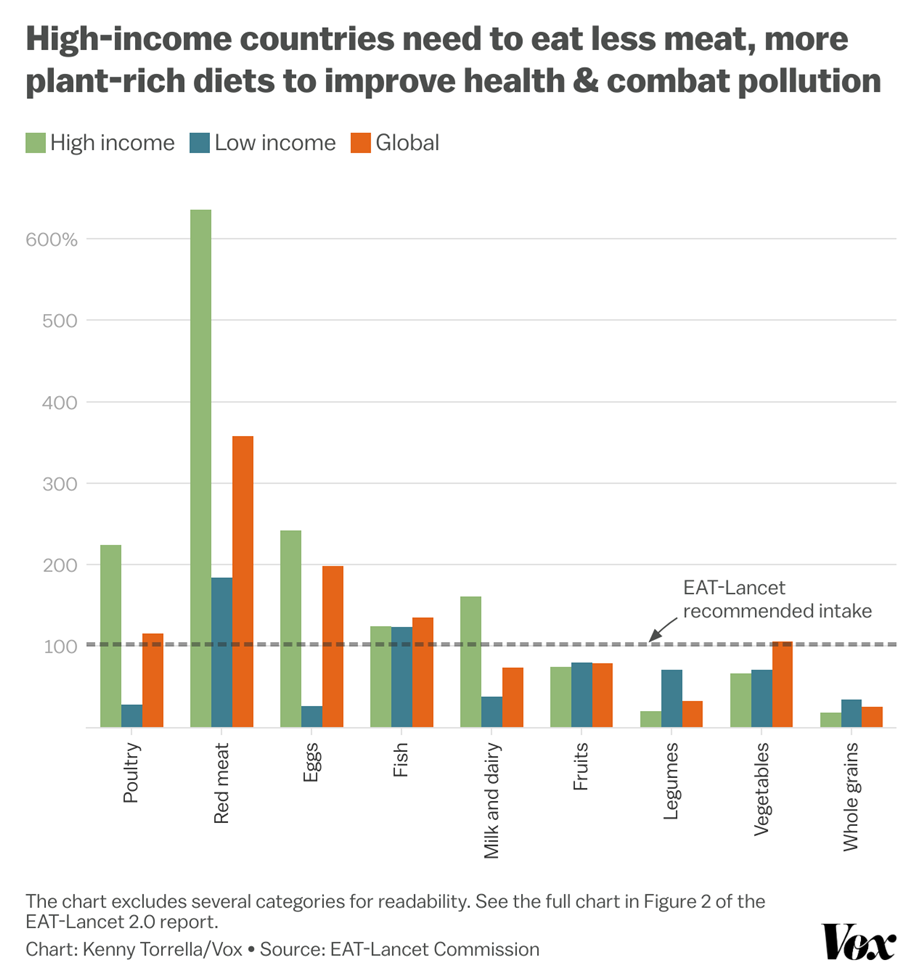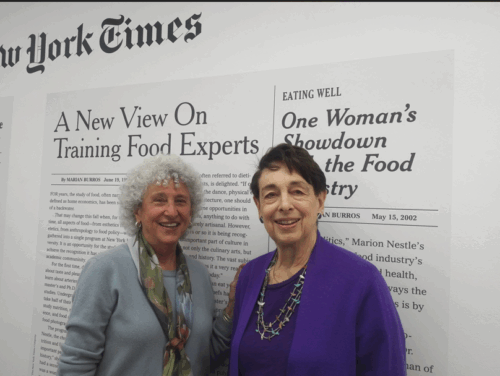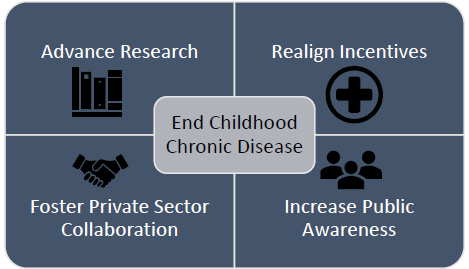The new EAT-Lancet report: “predominantly plant-based”
The EAT-Lancet Commission has released its updated report on “healthy, sustainable, and just food systems.”
Let me point out immediately that the report was written by a great many authors (I could not easily count them), is 76 pages long, and is pretty much impenetrable without a lot of hard work.
As it did in its first report in 2019, the Commission’s report defines a Planetary Health Diet (PHD), which
represents a dietary pattern that supports optimal health outcomes and can be applied globally for different populations and different contexts, while also supporting cultural and regional variation…The PHD is based entirely on the direct effects of different diets on human health, not on environmental criteria….[It] emphasises a balanced dietary pattern that is predominantly plant-based, with moderate inclusion of animal-sourced foods and minimal consumption of added sugars, saturated fats, and salt.
The report offers “eight solutions and 23 actions to enable food systems transformation, which can be organised into coherent bundles of interventions that simultaneously advance health, environmental, and justice goals.”
the exercise of corporate power in ways that undermine public interests. The high degree of corporate concentration across food systems remains an intractable governance issue, which is partly due to the vast influence of large transnational food and beverage companies with considerable power.







